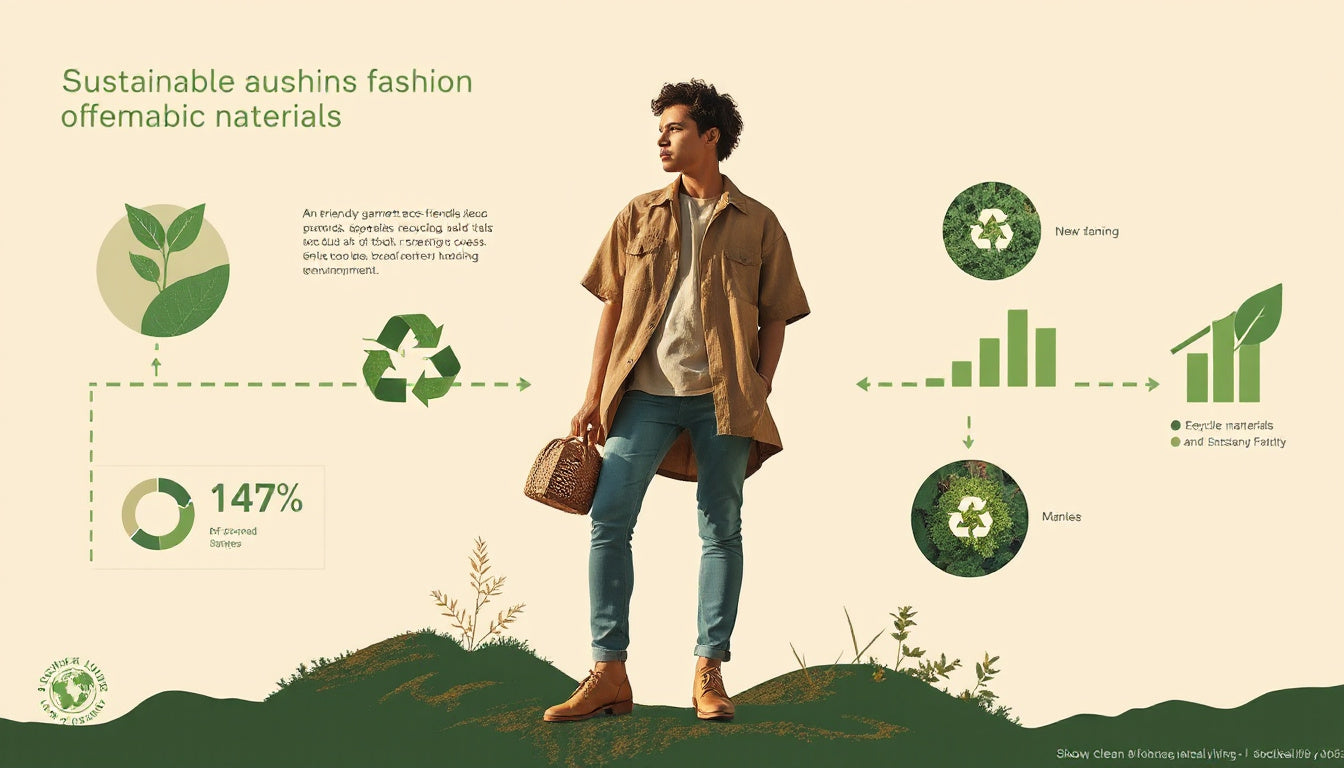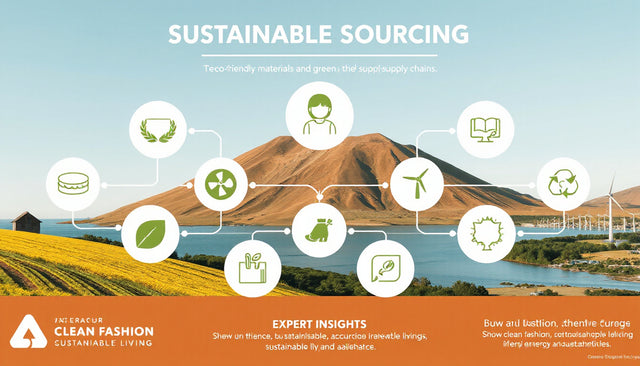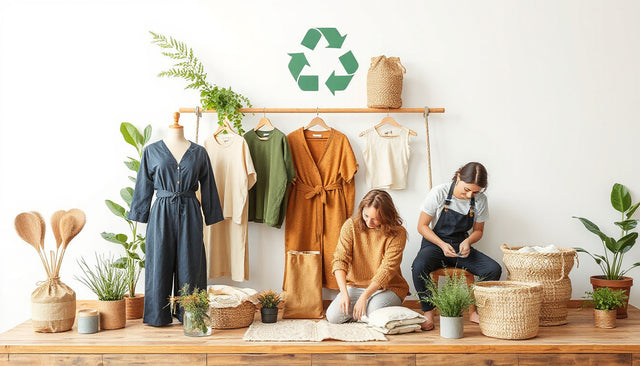Fashion sustainability grows in importance. It once served as a buzzword. Now it acts as a necessity. Consumers care more. Rules get strict. Brands must track each impact. They count each step and measure change. Which metrics prove important?
We list key metrics from experts. These data points will guide you to a greener and fairer future.

Why Track Sustainability Metrics in Fashion?
The fashion industry uses many resources. It adds to about:
• 10% of global greenhouse gas emissions
• Massive water use (215 trillion liters each year)
• Over 92 million tons of textile waste yearly
Measuring helps brands. They must follow rules such as the EU’s Green Deal. They build trust with eco-minded buyers. They spot ways to reduce harm and to innovate. They gain new ground in a changing market.
Top 6 Essential Sustainability Metrics for Fashion Businesses
1. Carbon Footprint
The footprint means total greenhouse gas emissions. It spans the product lifecycle. It goes from raw material to retail.
Key actions include:
• Count emissions at every stage (fiber, treatments, etc.)
• Check energy use at factories and in transport
• Use tools like the Higg Index or carbon calculators
Brand Spotlight:
Patagonia shows its work. It tracks carbon and chooses renewables. It also plans better transport.
2. Water Usage
Fashion takes much water. Cotton farming and dyeing need a lot. Tracking water matters.
Key actions include:
• Watch water use on farms and in dye houses
• Check wastewater treatment steps
• Use Life Cycle Assessment tools
Brand Spotlight:
Levi’s uses Water<Less® technology. Its tech saves over 3 billion liters of water in denim making.
3. Circularity
A circular approach cuts textile waste. It helps stop resource loss.
Metrics include:
• The percent of products built for reuse or recycling
• The volume of material recovered by take-back programs
• The share of closed-loop production systems
Brand Spotlight:
H&M runs a Garment Collecting Program. It helps customers recycle old clothes. This work cuts landfill waste.
4. Labor Practices
Sustainability means social care too. Fair work matters and builds trust.
Key actions include:
• Audit wages, safety, and working conditions
• Follow rules of Fair Trade and Ethical Trading
• Publish transparency scores on factory work
Brand Spotlight:
Everlane shares its Transparency Index. It shows work conditions along the supply chain.
5. Sustainable Materials Ratio
Materials decide the harm done. Switching to organic, recycled, or alternative fibers helps.
Key points include:
• Global Organic Textile Standard (GOTS)
• Recycled Claim Standard (RCS) and Global Recycled Standard (GRS)
Brand Spotlight:
Adidas now uses 100% recycled polyester in all products. This plan cuts virgin plastic use.
6. Energy Efficiency
Factories use much energy and emit many gases. Cheats in energy use can cut both cost and harm.
Measures include:
• Use renewable energy sources
• Choose energy-efficient machines
• Watch real-time energy data
Emerging Insights from Industry Leaders
The BoF Sustainability Index looks at big firms. It uses 338 metrics. It covers transparency, emissions, water, materials, worker rights, and waste. It gives clear benchmarks.
Key Takeaway:
Data drives change. Public data and third-party checks push firms to show real progress.
Practical Tips to Get Started
• Audit your current footprint with the Higg Index or similar tools.
• Set clear targets with dates. Align with goals like the UN SDGs or EU rules.
• Engage all suppliers and makers. Sustainability grows at the source.
• Communicate progress clearly. Use reports or indexes.
• Choose circular roadmaps. Offer repair, take-back, or recycling options.
Final Thoughts
Fashion impacts both earth and people. The work may seem huge, yet steps help. By measuring carbon, water, circularity, labor, materials, and energy, brands build a new path. Use these metrics as guides. Let them drive innovation and care for future fashion.
Ready to Dive Deeper?
Explore tools such as:
• WFX Sustainability Tracking Software
• Higg Index
• BoF Sustainability Index Resources
Together we can unlock true sustainability. We can make fashion a force for good.
References:
• WFX Key Sustainability Metrics, 2024
• Geneva Environment Network – Environmental Sustainability in Fashion, 2025
• Business of Fashion Sustainability Index, 2020
Have questions about using these sustainability metrics in your business? Reach out or leave a comment below to keep the conversation going!
At Design Delight Studio, we’re committed to sustainable living and ethical fashion. Every article reflects our passion for mindful choices that empower both people and the planet.





















0 comentarios